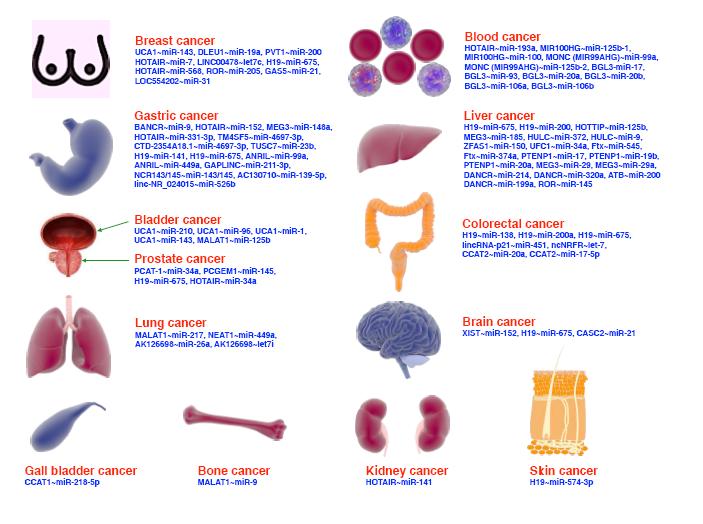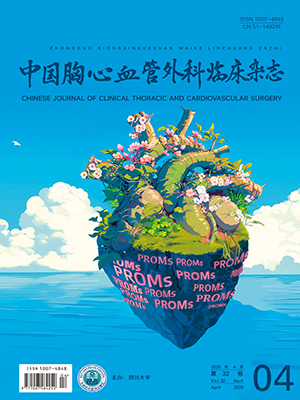| 1. |
Xu T, Wang Z, Li T, et al. Tibetan plateau earthquake: Altitude challenges to medical rescue work. Emerg Med J, 2013, 30(3): 232-235.
|
| 2. |
Yang XD, Gao YQ, Zhen Y. Practice and reflection on earthquake relief and medical rescue in military medical institutions. Chin Health Service Manag, 2009, 26(3): 181-182.
|
| 3. |
吴天一, 李素芝, 侯世科. 玉树地震高原医疗救援—特殊性及其对策. 中国医药科学, 2014, 4(9): 9-13.Wu TY, Li SZ, Hou SK. Highland medical rescue in Yushu earthquake—Particularity and countermeasures. J High Altitude Med, 2014, 4(9): 9-13.
|
| 4. |
王林, 孙胜, 王云兵, 等. 某院医疗队玉树地震医学救援实践. 解放军医院管理杂志, 2011, 18(8): 765-766.Wang L, Sun S, Wang YB, et al. Medical rescue practice of certain medical team in Yushu earthquake. Hosp Admin J Chin PLA, 2011, 18(8): 765-766.
|
| 5. |
Zafren K, Brants A, Tabner K, et al. Wilderness mass casualty incident (MCI): Rescue chain after avalanche at Everest Base Camp (EBC) in 2015. Wilderness Environ Med, 2018, 29(3): 401-410.
|
| 6. |
Zhang YL. Organization and implementation of mass medical rescue after an earthquake. Mil Med Res, 2014, 1: 5.
|
| 7. |
熊晓雯, 王运斗, 赵凡, 等. 浅谈军队应急医学救援装备体系构建. 职业卫生与应急救援, 2017, 35(4): 390-392.Xiong XW, Wang YD, Zhao F, et al. Discussion on construction of medical rescue equipment system for military emergency. Occup Health Emerg Res, 2017, 35(4): 390-392.
|
| 8. |
Guan M, Feng Z, Jiang S, et al. Tethered balloon cluster deployments and optimization for emergency communication networks. Entropy (Basel), 2024, 26(12): 1071.
|
| 9. |
卢晨曦, 赵欣, 余明, 等. 背囊化紧急医学救援小分队建设现状与思考. 中国急救复苏与灾害医学杂志, 2025, 20(1): 27-31, 35.Lu CX, Zhao X, Yu M, et al. The present situation and thinking on the construction of backpackbased emergency medical detachment. Chin J Emerg Resusc Disaster Med, 2025, 20(1): 27-31, 35.
|
| 10. |
胡卫建, 邓绍平, 曾俊, 等. 中国政府医疗队赴尼泊尔地震医学救援的实践与思考. 中华灾害救援医学, 2015, 3(9): 482-485.Hu WJ, Deng SP, Zeng J, et al. Practice and reflection on the medical rescue of the Chinese government medical Team in the Nepal earthquake. Chin J Disaster Med, 2015, 3(9): 482-485.
|
| 11. |
蒋春华, 高钰琪, 陈建, 等. 从玉树地震医学救援谈高原全科医生的培养. 基础医学教育, 2011, 13(3): 245-247.Jiang CH, Gao YQ, Chen J, et al. Discussion about education of high alititude medical general practitioners after Yushu earthqake medical rescue. Basic Med Educ, 2011, 13(3): 245-247.
|
| 12. |
胡海, 晏会, 赵欣, 等. 中国国际应急医疗队(四川)建设探讨与分析. 中华灾害救援医学, 2018, 6(12): 4.Hu H, Yan H, Zhao X, et al. Construction of china international emergency medical team (Sichuan): Exploration and analysis. Chin J Disaster Med, 2018, 6(12): 4.
|
| 13. |
胡海. 浅析国际应急医疗队培训框架及其对我国卫生应急队伍培训的启示. 中华灾害救援医学, 2020, 8(5): 4.Hu H. Introduction on the training framework of the international emergency medical team and its enlightenment to the training of China's emergency medical team. Chin J Disaster Med, 2020, 8(5): 4.
|
| 14. |
Kang P, Zhang L, Liang W, et al. Medical evacuation management and clinical characteristics of 3, 255 inpatients after the 2010 Yushu earthquake in China. J Trauma Acute Care Surg, 2012, 72(6): 1626-1633.
|
| 15. |
刘军, 张玮晶, 王盈, 等. 2023年甘肃积石山6.2级地震灾害应对与启示. 中国减灾, 2024(13): 32-35.Liu J, Zhang WJ, Wang Y, et al. Response and implications of the 6.2 magnitude earthquake in Jishishan, Gansu in 2023. Disaster Reduct China, 2024(13): 32-35.
|
| 16. |
梁超, 张挥武, 张鑫, 等. 国家中医紧急医学救援队保障体系建设实践与探讨—基于“9·16”泸县地震和“6·1”芦山地震紧急医学救援实证研究. 中国急救复苏与灾害医学杂志, 2023, 18(11): 1416-1418.Liang C, Zhang HW, Zhang X, et al. Study on the construction of the national TCM emergency medical rescue team guarantee system—An empirical study of emergency medical rescue based on the "9·16" Luxian earthquake and the "6·1" Lushan earthquake. Chin J Emerg Resusc Disaster Med, 2023, 18(11): 1416-1418.
|
| 17. |
毛宁, 胡海, 龙恩深, 等. 中国国际应急医疗队帐篷医院的暖通系统优化设计研究. 中国急救复苏与灾害医学杂志, 2019, 14(12): 5.Mao N, Hu H, Long ES, et al. Research on optimization design of HVAC system in tent hospital of China International Emergency Medical Team. Chin J Emerg Resusc Disaster Med, 2019, 14(12): 5.
|
| 18. |
Tu D, Ji L, Cao Q, et al. Incidence, mortality, and predictive factors associated with acute respiratory distress syndrome in multiple trauma patients living in high-altitude areas: A retrospective study in Shigatse. Peer J, 2024, 12: e17521.
|




